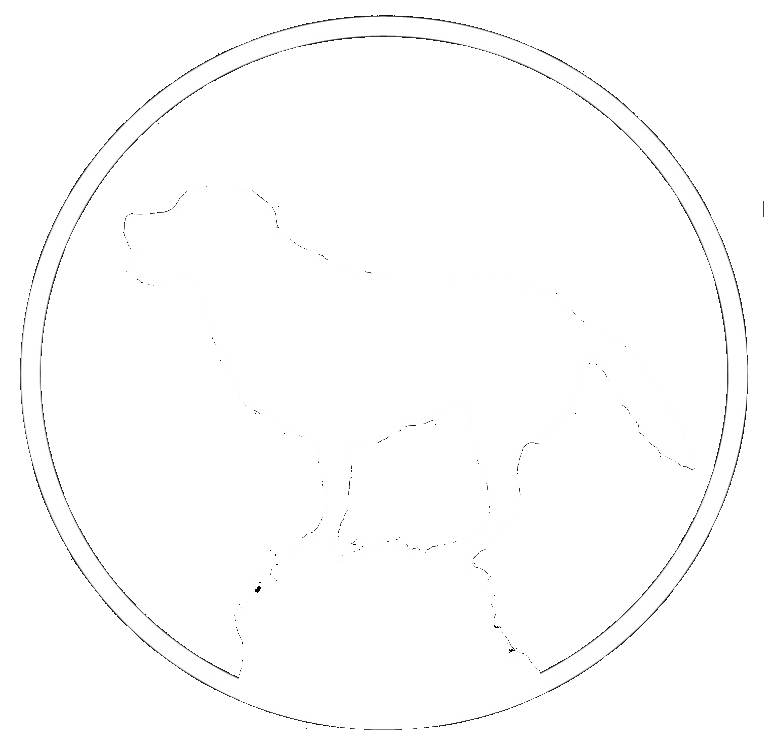My dog is 10 years old, she weighs 11lbs and her back is longer than she is tall. If you have a rambunctious puppy, larger dog or dog with poor greeting skills (you may not know! Most dogs these days do), my tiny dog doesn’t want to meet them.
I have talked about how our dogs have a culture of instant gratification. We love them, they are naturally impulsive, and more often than not they get what they want, but just as I can’t speak to everyone I want to, just as I am not always in the mood to have everyone who wants to, speak to me, dogs have the right to not be into it.
When I read Harley’s body language and can see she isn’t into it, I ask people to move along with their dog. Some dogs can’t handle it! They pull back, lunge at her, bark or balk. Yowza! What a stressful life to have a meltdown when your every whim isn’t met.
How to know if your dog isn’t into it:
They move away from the dog or try to stand behind you-They cower or show stiff body language
They anticipate rude behavior so they look poised to defend themself if needed
They roll over, but isn’t wagging their tail and look like they are being held hostage
They pin their ears and leap at the other dog because they have already done something rude or disrespectful and they want to get in front of a potentially dangerous situation
How to know if your dog is the one being rude:
They barge up to another dog, pulling on the leash and not pausing a foot away to display polite body language and determine if the other dog wants to have the interaction
They put their body over another dog, usually their neck, somewhere above the other dog’s body or a paw on the dog’s back.
They look like they are going to hump
They have stiff body language, raised hair,perked ears, an intense stare and their tail is raised and wagging like a metronome, also stiffly
They sniff the other dog to their heart’s content, beyond when the other dog looks uncomfortable (A good rule of thumb, is asking your dog to disengage after 3 seconds of sniffing)
They don’t disengage - an important part of any greeting is to pull back, look away, or in some way see if the other dog wants to continue the interaction or move away
They bark at another dog out of excitement or frustration - not a great introduction!
When your dog goes to greet, glance at the human, but mostly have your eyes on the dogs to read the vibe and their body language. Be ready to step in or pull your dog away at the slightest sign of anything going awry.
Granted, being an expert in reading dogs, that is more intuitive for me than most people. By watching dogs and seeing what behavior or postures lead to what outcomes you will start to know when it’s better to pull out or pass on an interaction.
If you get a bad feeling or you are unsure, don’t be afraid to be rude! Your dog’s comfort and safety should come first.. I don’t be afraid to, as nicely as possible, tell someone that your dog is older, unpredictable around other dogs, doesn’t like puppies, is tired, or just not in the mood to greet another dog.
If someone doesn’t understand that, that is on them. It’s a reasonable ask! You may hear “oh, he just wants to say hi” or even, worst case scenario “why do you have him out, then?” It would be uncool, if for instance,they were to ask why you are in public, when you went to a coffee shop to work, but didn’t want strangers distracting you - if then The truth is most owners just don’t know any better.
Unfortunately bad behavior is most of what you will witness out in ‘the wild.’ With a lack of knowledge and rose tinted glasses, it’s hard for anyone to believe that their beloved dog is anything short of perfect. That’s okay! But still get outta there.



